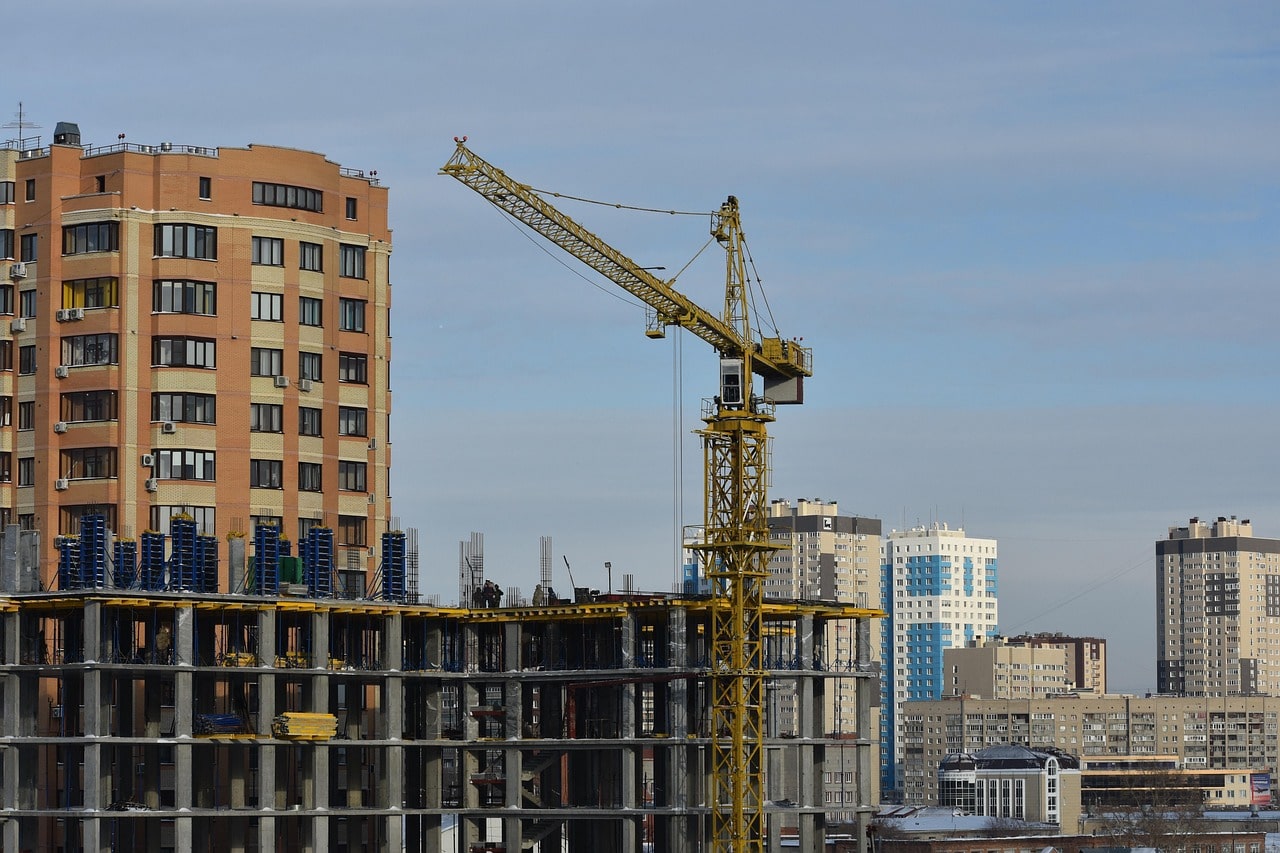Neighborhood Walkability and Health Benefits
Do you ever feel like you spend too much time sitting inside, whether it’s at work, in front of the TV, or scrolling through your phone? If so, you’re not alone. In today’s modern society, we often lead sedentary lifestyles, which can have negative effects on our physical and mental health. However, there’s a simple solution that can improve both our health and our communities: neighborhood walkability.
The Importance of Walkable Neighborhoods
Walkability refers to how easy and enjoyable it is to walk in a particular area. This includes factors such as sidewalk quality, street design, and distance to places like schools, parks, and businesses. Walkable neighborhoods promote physical activity, reduce traffic congestion and air pollution, and create a sense of community. They also offer a plethora of health benefits for individuals of all ages.
Physical Health Benefits
One of the most obvious benefits of walkable neighborhoods is the positive impact on physical health. Walking is a form of moderate exercise that is accessible to most people, regardless of their age or fitness level. It can help improve cardiovascular health, lower blood pressure, and manage weight. According to a study by Stanford University, people who live in walkable neighborhoods are 43% less likely to be obese compared to those who live in car-dependent neighborhoods.
Furthermore, walkable neighborhoods also encourage people to be more physically active in their daily lives. Instead of driving short distances, residents are more likely to walk or bike to their destinations, resulting in higher levels of physical activity. This can decrease the risk of chronic diseases such as heart disease, diabetes, and certain types of cancer.
Mental Health Benefits
In addition to physical health benefits, walkable neighborhoods also have a positive impact on mental health. Walking has been shown to reduce stress, anxiety, and depression. It releases endorphins, also known as “feel-good” hormones, which can improve mood and overall well-being. Regular physical activity has also been linked to improved cognitive function and a reduced risk of dementia and Alzheimer’s disease.
Moreover, walkable neighborhoods promote social connections and a sense of community. Walking can serve as a means of socializing and meeting new people, especially in well-designed public spaces such as parks and community gardens.
Creating Walkable Neighborhoods
Although the benefits of walkable neighborhoods are clear, not all communities have equal access to them. Factors such as urban design, transportation infrastructure, and land use can make it challenging for neighborhoods to be walkable. However, there are steps that city planners, developers, and residents can take to promote walkability in their communities.
Improve Infrastructure
To create walkable neighborhoods, it’s essential to have good infrastructure in place. This includes well-maintained sidewalks, safe pedestrian crossings, and dedicated bike lanes. City planners can also incorporate green spaces and public amenities into the design, making walking more desirable for residents.
Embrace Mixed-Use Development
Mixed-use developments, where residential, commercial, and recreational spaces are located within close proximity, can be a significant factor in promoting walkability. With essential amenities such as grocery stores, restaurants, and parks within walking distance, residents are more likely to choose to walk instead of drive.
Encourage Community Involvement
Finally, creating walkable neighborhoods requires the involvement and support of the community. Residents can advocate for pedestrian-friendly infrastructure, participate in local planning and development processes, and promote walking as a form of transportation through community events and initiatives.
Final Thoughts
In conclusion, living in a walkable neighborhood offers numerous health benefits for individuals and their communities. From improved physical health to enhanced social connections and mental well-being, walkable neighborhoods have the potential to create happier and healthier communities. By prioritizing walkability in urban planning and promoting community involvement, we can strive towards a future where all neighborhoods are designed with the health and well-being of their residents in mind.










